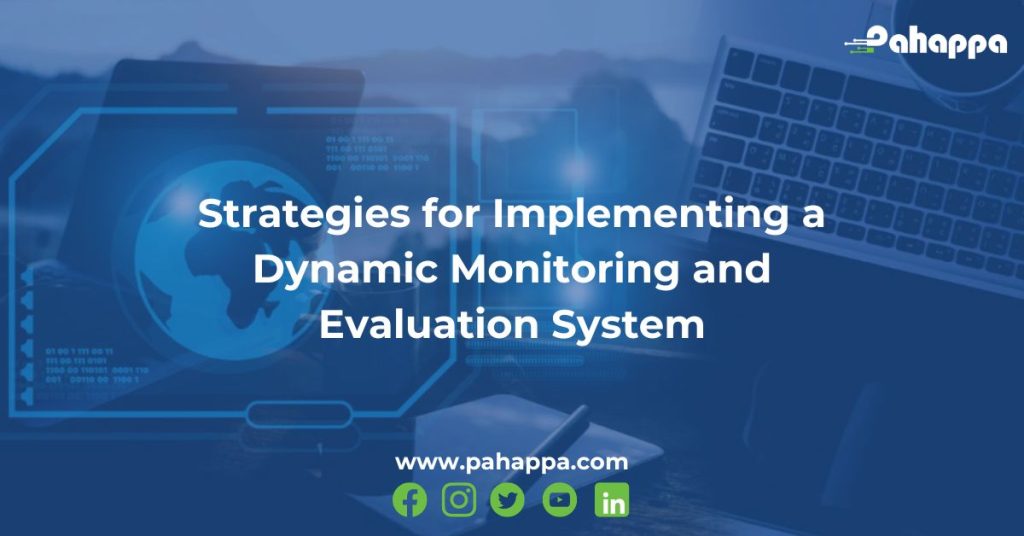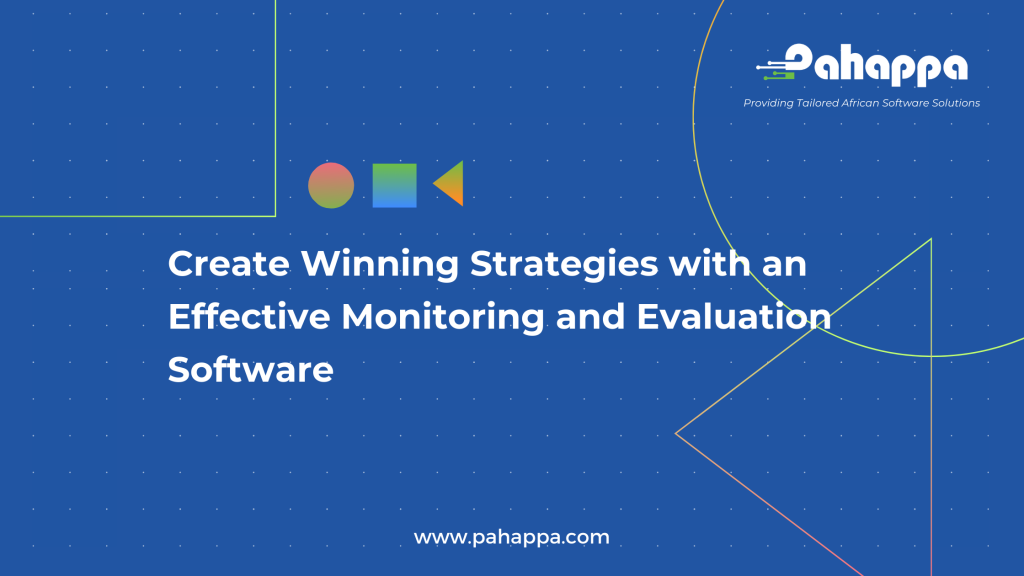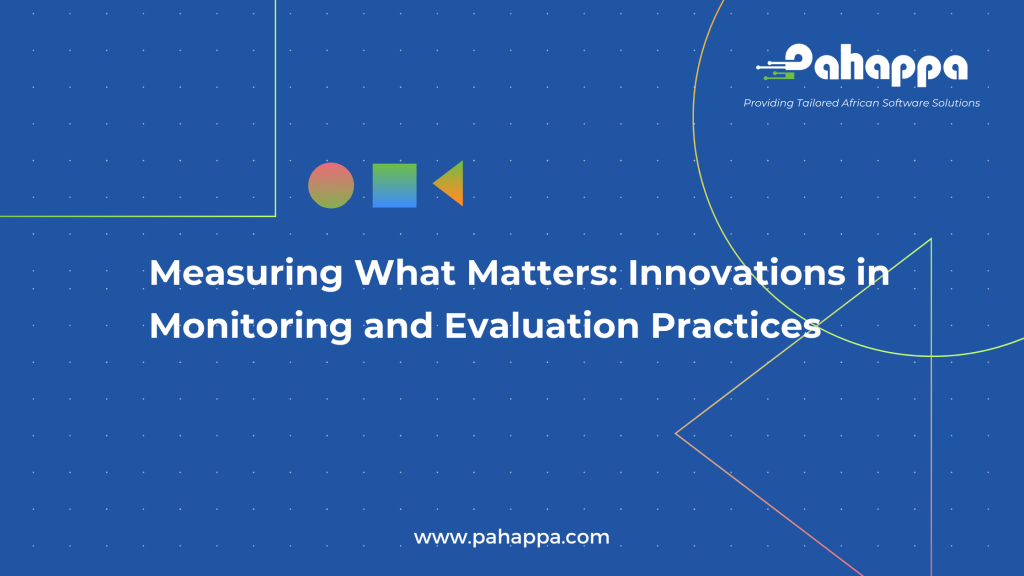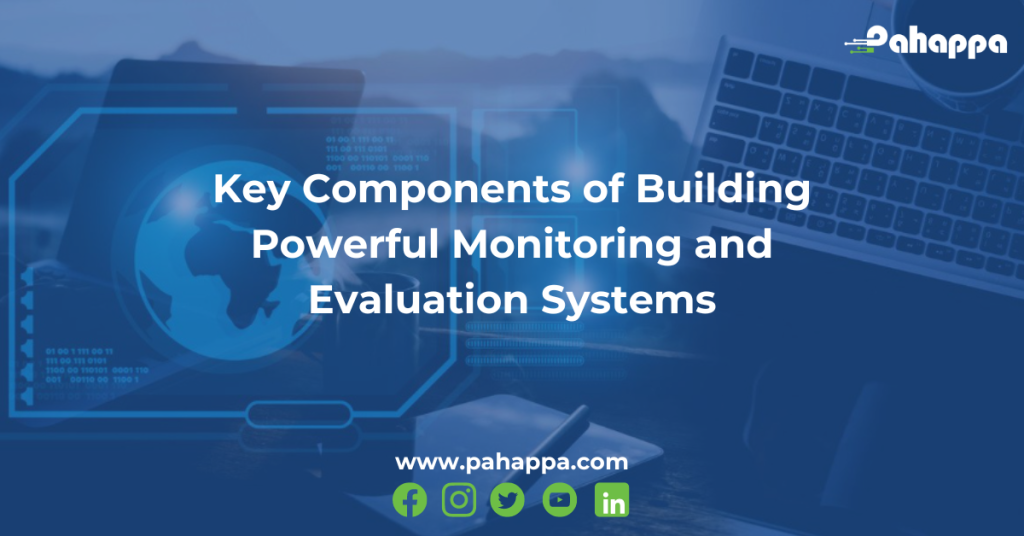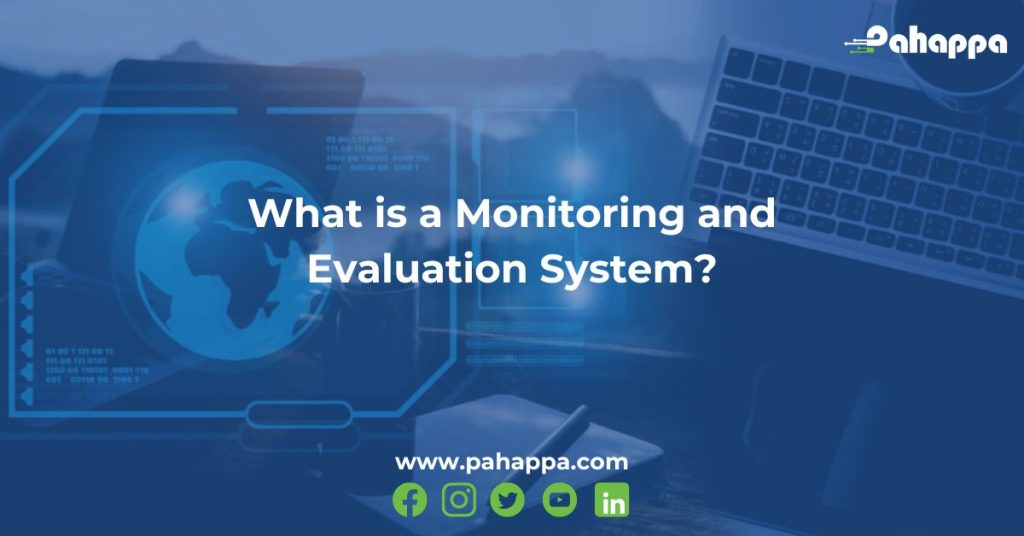We all know that having a dynamic Monitoring and Evaluation (M&E) system is essential for ensuring the success and sustainability of projects. An effective M&E system not only helps in tracking progress but also in making informed decisions, demonstrating accountability, and maximizing impact. An M&E system helps companies know whether their projects are producing results. In this article, we explore strategies for implementing a dynamic M&E system, using relatable examples from the NGO sector to illustrate each point.
1. Define Clear Objectives and Indicators
The foundation of any M&E system lies in clearly defined objectives and measurable indicators. Objectives should be Specific, Measurable, Achievable, Relevant, and Time-bound (SMART). Indicators are the metrics used to assess progress toward these objectives.
Example: An NGO focused on improving maternal health might set an objective to reduce maternal mortality rates by 20% over five years. Indicators could include the number of prenatal visits, the percentage of births attended by skilled health personnel, and the maternal mortality rate.
2. Engage Stakeholders Early and Often
Engaging stakeholders—beneficiaries, staff, donors, and partners—ensures that the M&E system is relevant and comprehensive. Their input can provide valuable insights and foster a sense of ownership and accountability.
Example: An education NGO could hold community meetings to gather input from teachers, parents, and students on what success looks like and how it should be measured. This collaborative approach ensures the M&E system aligns with the needs and expectations of those it serves.
3. Utilize Appropriate Data Collection Methods
Selecting the right data collection methods is crucial. Methods should be reliable, valid, and appropriate for the context. These can include surveys, interviews, focus groups, and direct observations.
Example: An NGO working on agricultural development might use farmer surveys, crop yield measurements, and satellite imagery to collect data on farming practices and productivity.
4. Invest in Data Management Systems
Efficient data management systems are essential for storing, processing, and analyzing data. Investing in the right technology can streamline these processes, making data more accessible and actionable.
Example: A wildlife conservation NGO could use a Geographic Information feature in an M&E System to track animal populations and habitat changes. This technology allows for sophisticated data analysis and visualization, aiding in better decision-making and reporting.
5. Train Staff and Build Capacity
Staff training is critical for the successful implementation of an M&E system. Building the capacity of staff to collect, analyze, and use data ensures the system operates smoothly and effectively.
Example: An NGO focused on water sanitation might conduct training workshops for field staff on how to use mobile data collection tools and interpret water quality test results.
6. Ensure Regular Reporting and Feedback Loops
Regular reporting keeps stakeholders informed and engaged. Establishing feedback loops where data and findings are shared with stakeholders helps in adjusting strategies and improving programs.
Example: A disaster relief NGO might produce monthly progress reports for donors and quarterly community feedback sessions to discuss findings and adjust interventions as needed.
7. Foster a Learning Culture
Creating a culture that values learning and continuous improvement is vital. Encouraging staff to view M&E as a tool for learning rather than just accountability can lead to more innovative and effective programs.
Example: An NGO focusing on youth empowerment might hold regular reflection sessions where staff discuss what’s working, what’s not, and how to apply these insights to future activities.
8. Adapt and Scale
A dynamic M&E system should be adaptable to changing circumstances and scalable as the NGO grows. Flexibility allows the system to remain relevant and effective over time.
Example: An environmental NGO working on reforestation might start with pilot projects in a few communities. As they collect data and learn from these pilots, they can adapt their strategies and scale up successful approaches to larger areas.
9. Leverage Technology
Technology can greatly enhance the efficiency and effectiveness of an M&E system. Utilizing mobile data collection, cloud-based databases, and data visualization tools can streamline processes and improve accuracy.
Example: An NGO combating homelessness could use a mobile app for field staff to record data on individuals they assist, automatically syncing with a central database to track progress and generate reports.
Conclusion
Implementing a dynamic Monitoring and Evaluation system is crucial for NGOs aiming to maximize their impact and ensure sustainability. NGOs can create an M&E system that not only tracks progress but also drives continuous improvement and success. These strategies, illustrated with real-world examples, show that a well-implemented M&E system can transform the way NGOs operate, making them more effective, accountable, and impactful in their missions. To discover more about M&E systems visit us here.


